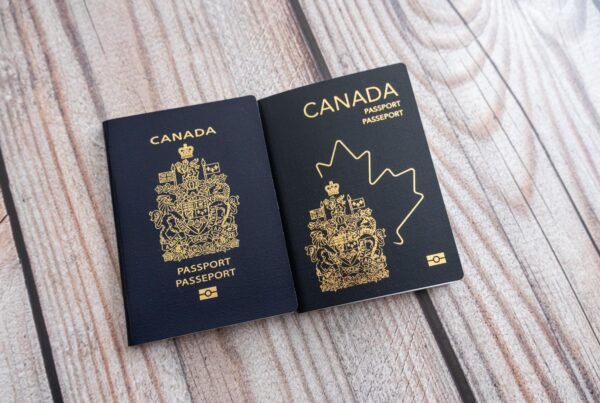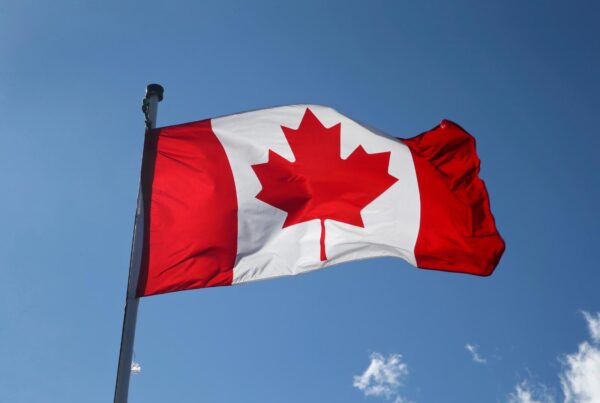Canada’s new limits on study permits feel like a wall being built in front of eager students. In 2025, the federal government will issue up to 437,000 permits, a drop of about 10 % from 2024’s target. That number includes more types of students than before, which means quotas will bite harder in many cases. Changes like these ripple across application plans, campus life, and career expectations.
New Study Permit Limits Reshape How Schools Plan International Intake
Because the total number of study permits is now capped, colleges and universities can’t just open their doors to as many international applicants as before. Institutions must forecast student demand more cautiously, balancing domestic enrollment goals with tighter room for new international students. Some schools may reduce international intake or shift slots toward graduate or priority programs to fit within the new ceiling. That means marketing and recruitment strategies will have to sharpen—universities must avoid overselling capacity they can no longer support.
Schools will need to vet applicant profiles more aggressively. They may favor students who bring unique strengths—like preferred fields of study, strong language scores, or links to underrepresented regions. Because permit limits now include master’s and doctoral candidates in many cases, universities that once relied heavily on graduate students from abroad will compete directly with undergraduate programs for quotas. That shift compels institutions to rework admission tiers, tighten their selection criteria, and be strategic in international outreach.
Provincial Allocations Determine Where Most New Students Can Enroll
The federal cap doesn’t float evenly—each province and territory receives an allocation under the new system. That means only so many study permits can go to students entering institutions in Ontario, British Columbia, Alberta, and so on. Students may find some target provinces already “full” even if their application is strong. In effect, geography becomes a gating factor.
As a result, provinces with strong postsecondary systems may face cuts, while smaller provinces might actually gain room for growth. Some schools in high-demand regions will hit their provincial caps sooner, closing off new permit-eligible spots earlier than students expect. This could steer applicants toward less saturated provinces or force them to re-evaluate their institution or location choice entirely.
Cap Adjustments Affect University and College Admission Strategies
With fewer study permits available, schools will likely rethink how they structure offers and waitlists. They may issue fewer early admittances, hold more spots unconfirmed until late in the cycle, or conditionally admit fewer international students to prevent overcommitment. Colleges may tighten performance standards or demand higher grades from international applicants to make the best use of limited allocations.
Another shift may occur in program mix. Schools might emphasize disciplines aligned with labour needs or innovation sectors to gain favour in quota allocation. More interdisciplinary or niche programs may get trimmed to prioritize core, high-demand fields. In short, admission committees must now think beyond individual student quality—they must fit each new intake into the broader quota puzzle.
Reduced Permit Approvals Change Housing and Campus Demand
When fewer international students can enter, the domino effect hits housing, dining, classroom space, and campus services. Buildings that anticipated full residence loads might find themselves half full. Off-campus housing providers could see fewer renters, especially in cities heavily reliant on student populations. In some areas, rental vacancy rates may rise, and rents could flatten or drop.
Meanwhile, internal campus planning will shift. Dining halls, student centers, transit, and support services may no longer scale out as originally designed. Instead of building for growth, campuses might pivot to efficiency—resizing services or consolidating offerings. Spaces once designated for international student orientation might be repurposed or scaled down in response to trimmed numbers.
Private Institutions Face Tighter Scrutiny Under the 2025 Framework
Private colleges and training schools that had leaned heavily on international enrollments will face sharper oversight. Under the new rules, institutions must often secure provincial attestation letters or territorial equivalents attesting that their intake fits within local allocations. These attestation requirements can mean stricter eligibility checks or additional documentation.
Because private schools sometimes lack deep institutional name recognition or research funding, their ability to attract high-quota students may suffer. Some programs might be paused or cut entirely. These institutions must now demonstrate stronger credibility, compliance, and alignment with regional priorities to maintain their share of international student slots.
Existing Students Remain Unaffected by the New Permit Ceiling
If already studying in Canada under a valid permit, students won’t lose their status simply because of the new limit. Permit holders applying for extensions at the same institution and level of study are exempt from the quota constraint. That offers a degree of security for enrolled international students, as their programs and courses can continue without sudden disruption caused by cap enforcement.
However, students transferring to another institution or applying for a higher level (say, from college to graduate school) may face new limitations. Those transitions could now require their application to compete under the capped regime, which introduces risk for students expecting seamless progression of study.
Application Timelines Grow Longer As Quotas Fill Earlier in the Year
Because the cap forces a hard ceiling, applications may be processed on a first-come, first-served basis. That means slots can fill earlier in the year, causing delays or outright rejection for late applicants—even those who qualify academically. Waiting until the usual deadlines may no longer be safe. Prospective students need to apply earlier and monitor quota status closely.
Processing backlogs may also worsen. Immigration, Refugees and Citizenship Canada (IRCC) might slow approvals as it assesses when quotas are nearing fill levels. Some permit applications may be returned unprocessed once the quota is reached, with fees refunded. The result? Students might wait weeks or months longer or receive disappointments late in their planning cycle.
Post-graduation Work Opportunities May Shift with Lower Entry Numbers
Fewer incoming international students can change the dynamics of post-study work permit (PGWP) markets. With more competition for entry, universities may adjust which fields are eligible for PGWP based on national labour shortages. In fact, recent rules already dropped eligibility for some programs not tied to in-demand occupations. Going forward, institutions may prioritize programs that align with job sectors, knowing students want paths to work after graduation.
Because fewer graduates will flood the job market, labour saturation in certain fields may ease slightly. But competition remains if many students land in popular growth sectors like tech or health care. Employers may become pickier, favoring graduates with stronger credentials or industry experience. The reduced pool of graduates may shift bargaining power, subtly affecting salary norms or job expectations.
Build a Smarter Student Roadmap with Joshua Slayen, Canadian Immigration Lawyer—Your Partner for Permit Success
Every change in the 2025 permit rules adds more complexity to planning. Students must act sooner, understand provincial allocations, and align programs to labour trends. Having the right legal guidance makes a real difference in navigating these shifting rules.
Our team helps prospective and current international students interpret these permit caps, avoid wasted applications, and maximize the chances when quotas are tight. Our team watches shifts, forecasts pressure points, and crafts strategies to strengthen your plan under the new constraints. Contact us today to discuss your study goals and get tailored advice that fits the 2025 framework.











